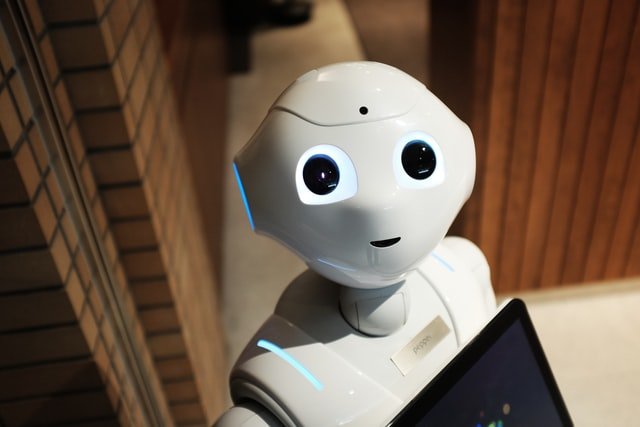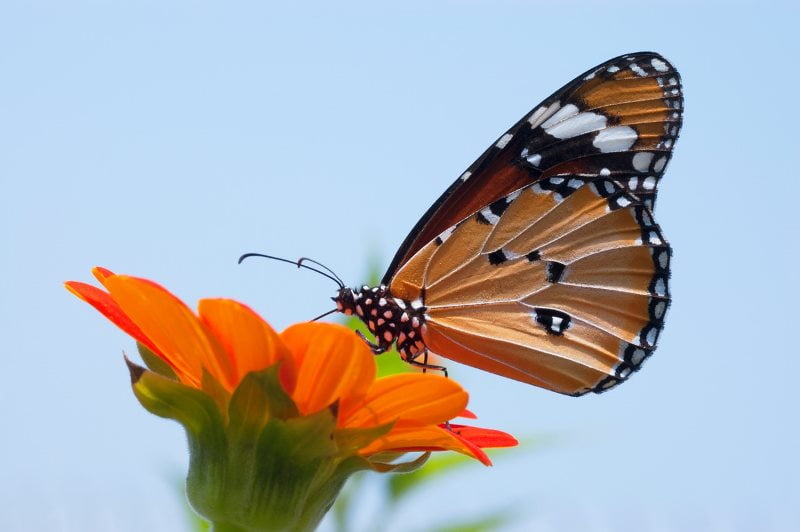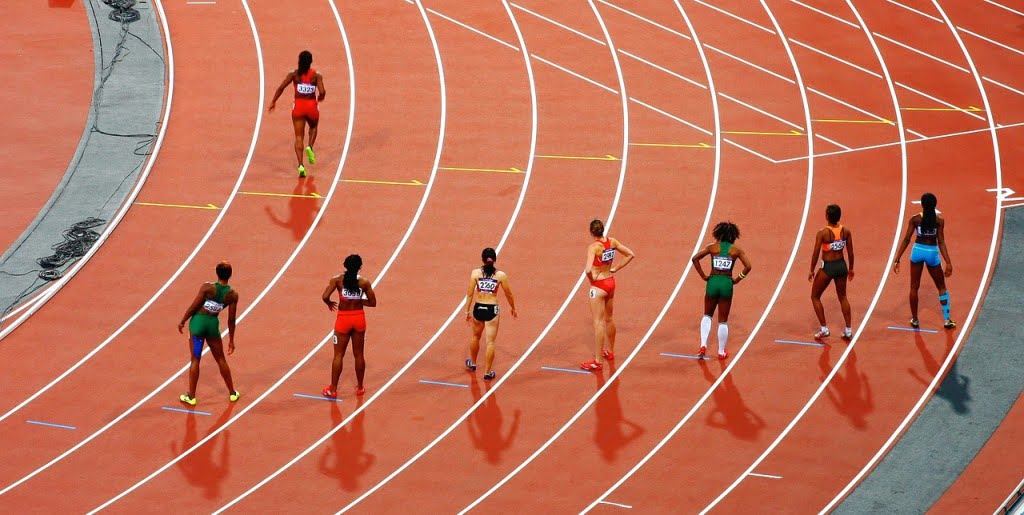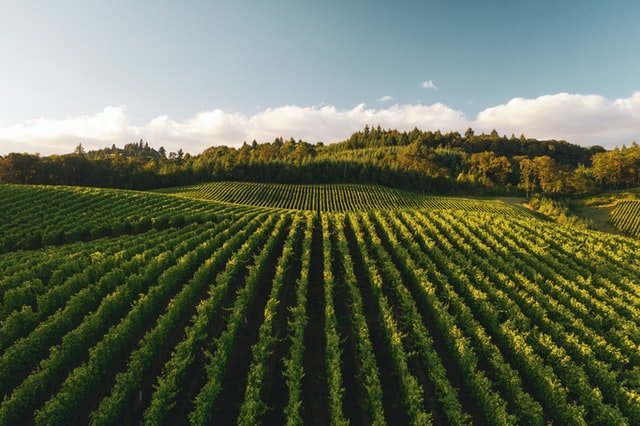FRICTIONAL FORCES
Magnetism is a force that can attract (pull closer) or repel (push away) objects that have a magnetic material like iron inside them (magnetic objects). Magnets can be affected by electricity, which makes them very useful in machines and computers. Magnets are used to make a tight seal on the doors to refrigerators and freezers, […]



